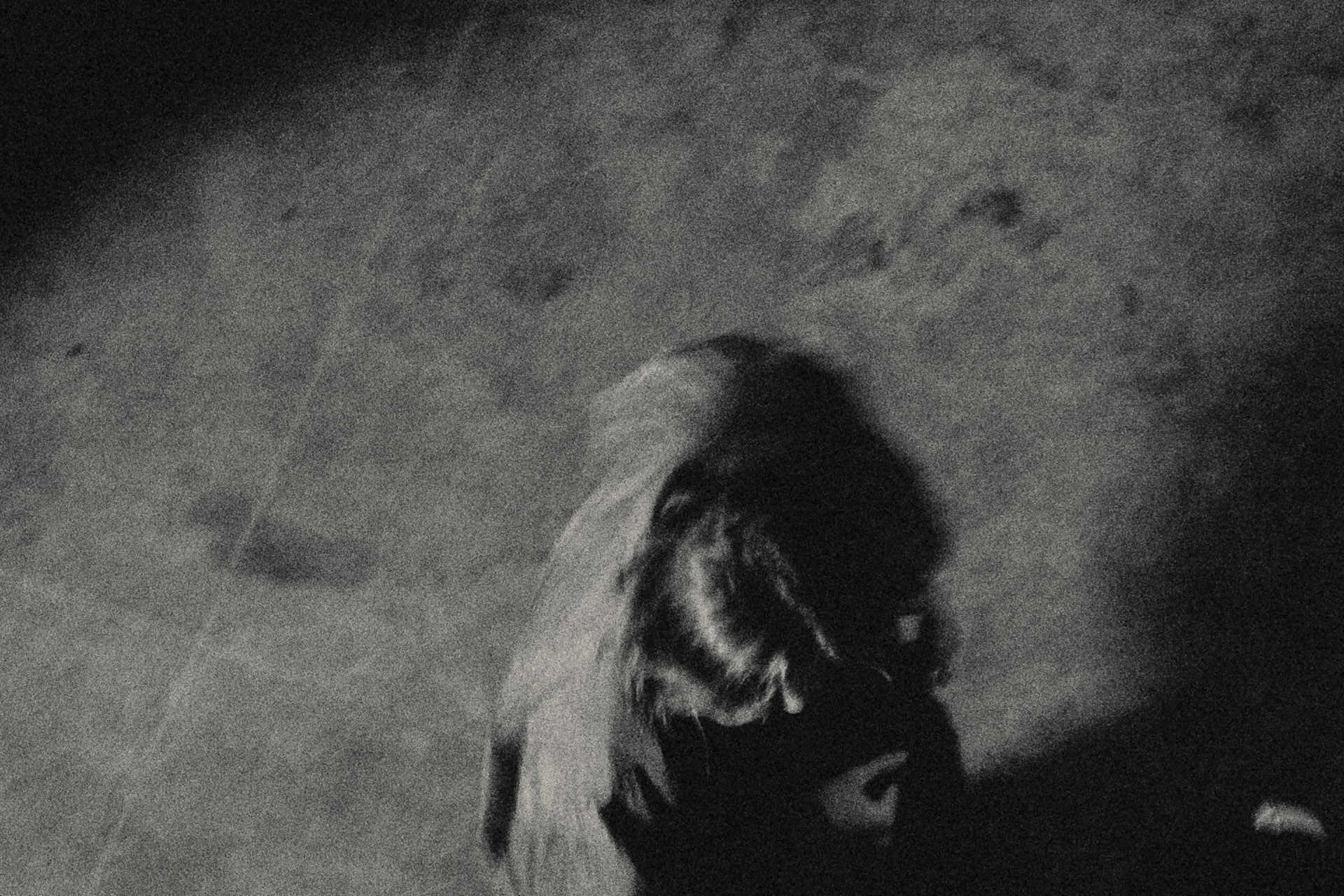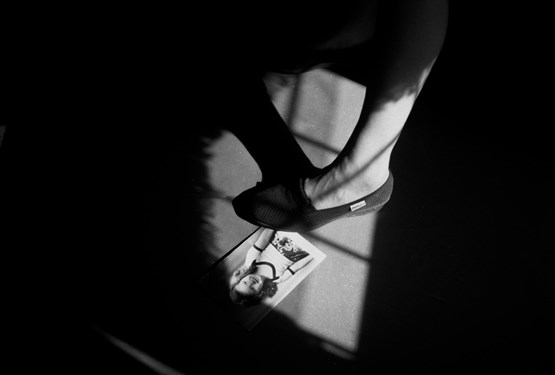
A barking dog | Interview with Roger Mac Ginty
20.02.2022 | 7 Min to readAn interview with Professor Roger Mac Ginty, Executive Director of Durham Global Security Institute, Editor of the journal Peacebuilding, Co-founder of the Everyday Peace Indicators Project
Indigo: When and how the everyday peace indicators were born?
- M. G.: The everyday peace indicators sprang from my attempts to identify the micro and local components of conflict, because I realized at some point that the words peace and conflict are just as much nouns as they are verbs. I realized that term peace, as found in political leaders’ phrases, translate into multifarious actions, behavior on a local level. And it cannot be otherwise, because politicians don’t live in conflict hotspots.
I grew up in Northern Ireland, a country that has been through a bloody conflict. And it was years after the conflict was over that I realized that a conflict is an amalgamation of these micro-actions that encompasses family, friends, work, sports, music, culture—everything. I tried to figure out how these micro-actions, themselves unfolding on a local level, refer to the generalized political scheme.
Indigo: When did the concept spread into the academic environment, and when did you start working on this topic?
- M. G.: Around 2010, I was a visiting professor at the University of Notre Dame, in the US, where I had several discussions on this issue with my colleague Pamina Firchow, who had worked in Latin America. And our conversations gradually took shape as Everyday Peace Indicators project. Initially, we would use this methodology in South Africa, Zimbabwe, Uganda, and South Sudan. We want to see what the local populations thought, how they perceived peace, change, and security in their everyday lives, in their fragile contexts. In this regard, quite interesting was the example of the Northern Region, Uganda. As we were conducting our research, this region was just emerging from a prolonged conflict. Equally interesting was South Africa with its history of apartheid that continues to subject people to segregation to this day.
At first, we encountered numerous logistics issues. For example, in some areas of South Africa, we found fierce armed clashes between criminal groups. Conducting a survey in such areas is risky. In South Sudan, where we were just starting our work, a civil war broke out, so we were forced to stop altogether. In Zimbabwe, we had a haunting sense of being under police surveillance. Despite all these difficulties, however, the methodology worked. The project’s main point of difference and unique offer is peace indicators come from the populations of surveyed regions. I don’t create these indicators, nor does some professor in a seminar room at some Global North university. These findings come from people directly affected by conflict and vulnerability. In other words, these indicators are characterized by localism, a feature missing from indicators laid out by large international organizations.
Indigo: Do the everyday peace indicators apply to frozen conflicts?
- M. G.: When studying places like Zimbabwe or South Africa, it becomes clear that these and similar post-conflict situations persist for quite some time, and that’s exactly what makes them frozen, or at the very least they exhibit some of the core elements of conflict. Better still, we started using this methodology in the United States where, fairly recently, tensions between the police and demonstrators reached boiling point, especially concerning racial issues. At that time, we were using the indicators to study perceptions of security in various American cities. When does a post-conflict society stop being post-conflict? For example, can we call Germany a post-conflict society? I think this phenomenon will last for a long time. Germany is a wealthy modern democracy, but it is still under the influence of WWII, which leads me to think that it can be viewed as a post-conflict country.
Indigo: How do the indicators change across cultures and countries? What do they have in common?
- M. G.: We collect our indicators in local communities, asking people to list their own peace indicators. And we are often surprised by the diversity of materials. In some places, growing crime may be a major problem, in others it may be inadequate treatment of war veterans, or a recession may be brought elsewhere. Interestingly, though, people, despite geographic differences, often identify the same indicators. For example, a barking dog is a frequently claimed sign of vulnerability, because, at night, dogs usually bark when burglars are trying to break in. And this true of South Africa, Uganda, and Columbia alike regardless of the fact that these countries are thousands of miles apart. However, it’s also natural that don’t expect to see this indicator in Muslim countries where dogs are not kept as domesticated animals. Instead, one of the most common indicators answers the question of how safe it is to make it to the nearest convenience store. This is an important issue to people, whether in Afghanistan or Zimbabwe, just like the question of if they feel safe about letting their children walk alone to school or a bus stop, or if they trust and keep in touch with the police. The latter shows us whether they consider police forces to be biased or fair. Gender is also a strong factor defining indicators. For women, peace and conflict include several additional layers, such as gender-based violence, discrimination. Men, on the other hand, tend to believe that their experiences are universal. To some extent, they overlook women or refuse to recognize how different their own and women’s experiences are in and after war. That’s what caught me by surprise as a male—I didn’t expect to find such differences between the views of men and women.
I would single out one shocking conversation I had with one colored South African man. I sat down with him in a gymnasium. And, during our interview, he told me just like this: “You know, a farmer would never sit down to talk with me. I’ve never spoken with a farmer.” By farmer he meant a white man. I was in shock. I realized right there and then that, even 25 years later, the policy of apartheid in South Africa was very much alive. We’re talking about social apartheid at work in such everyday nuances.




